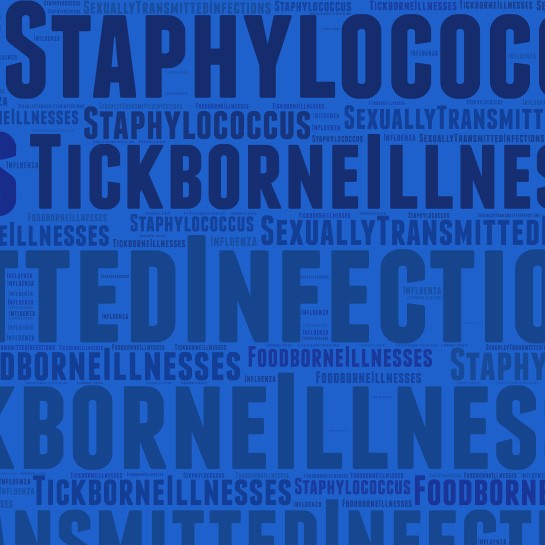Understanding Treatment
for Strep Throat
What causes strep?
Strep — short for Streptococcus — is an infection caused by streptococcal bacteria, which are responsible for a wide range of illnesses. Streptococcus comes in two forms: Group A and Group B.
What does Group A Streptococcus cause?
This form of the bacteria causes strep throat, scarlet fever (a skin infection), toxic shock syndrome, cellulitis, and a flesh-eating disease called necrotizing fasciitis.
What does Group B Streptococcus cause?
Group B Strep can cause meningitis in newborns, blood infections, Urinary Tract Infections (UTIs), pneumonia, and skin infections. Screening tests during pregnancy can help determine if you have Group B Strep, and appropriate treatment will be provided to ensure you do not infect your baby, usually consisting of IV antibiotics during labor. However, pregnant women aren’t the only ones at risk of developing Group B Strep. Elderly individuals or those with other health conditions are also at risk.
What is strep throat?
Strep throat is an infection caused by Group A Streptococcus that affects your throat and tonsils — leaving them sore, red, and sometimes marked by white spots. Like other illnesses, strep throat spreads from person to person when an infected individual coughs or sneezes — which releases droplets of the bacteria in the air that are then inhaled by others. Anyone can catch strep throat, although it’s most common in school-age children and teens.
What are the symptoms of strep throat?
Even though strep throat is generally a fairly mild infection, it can become very painful — fast. The main symptom of strep throat is throat pain that comes on quickly and suddenly. You may also experience painful swallowing, red and swollen tonsils that are sometimes marked by white patches or streaks of pus, and tiny red spots on the back of the roof of the mouth. Furthermore, strep may also cause your lymph nodes in your neck to swell and become tender. Fever, headache, nausea, and vomiting are also common in younger children.
How does ID Care diagnose strep throat?
First, your ID Care physician will conduct a physical exam to better understand and identify specific signs and symptoms of strep. Then, we’ll take a swab sample from your throat, known as a rapid antigen test, which will allow us to detect the strep bacteria in minutes. If your test comes back negative but your symptoms are still pointing in the direction of a strep throat diagnosis, we may take a throat culture for a more detailed examination of the secretions in the back of your throat. We’ll send this culture to the lab to test for the presence of bacteria, but results are not as immediate as those used in a rapid antigen test.
How does ID Care treat strep throat?
ID Care specialists will most likely prescribe an oral antibiotic to treat your strep throat. Antibiotics, if taken within 48 hours of the onset of strep, will significantly reduce the duration and the severity of your symptoms and will also minimize the risk of complications or the potential for spreading strep to others. Over-the-counter pain relievers, such as Advil, Tylenol, or Motrin, are also helpful in relieving throat pain.
SOURCES: Mayo Clinic, National Center for Biotechnology Information, U.S. National Library of Medicine






